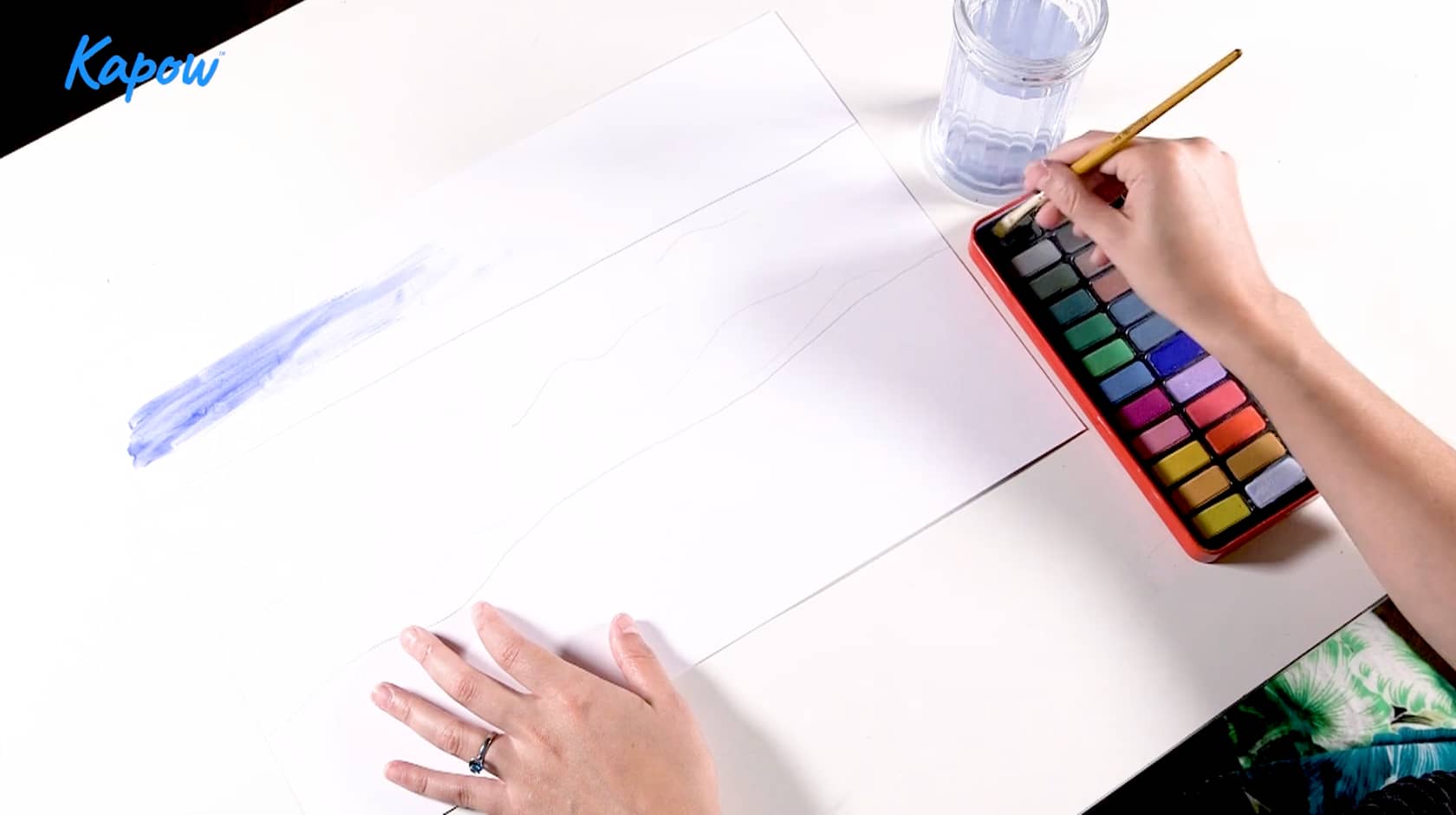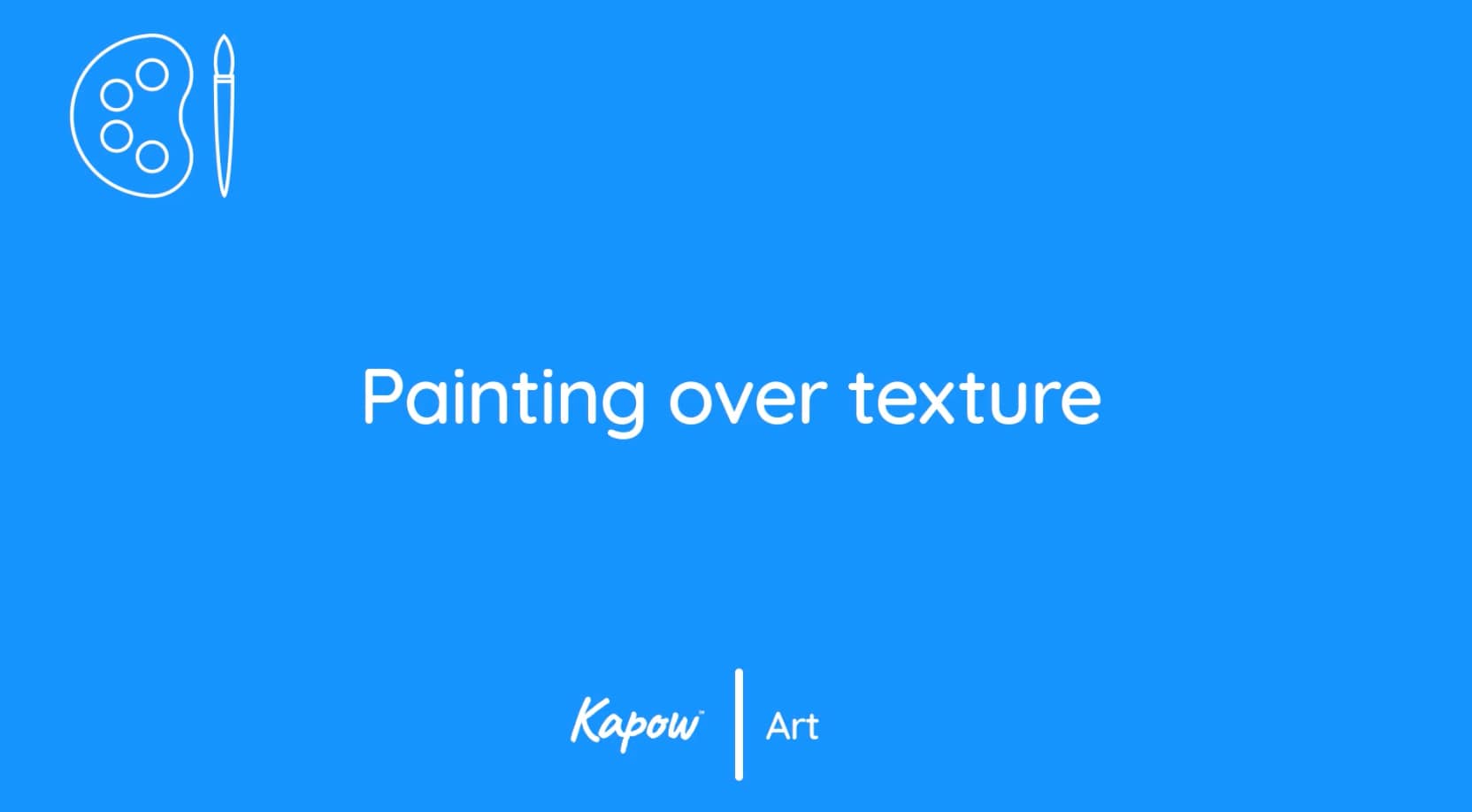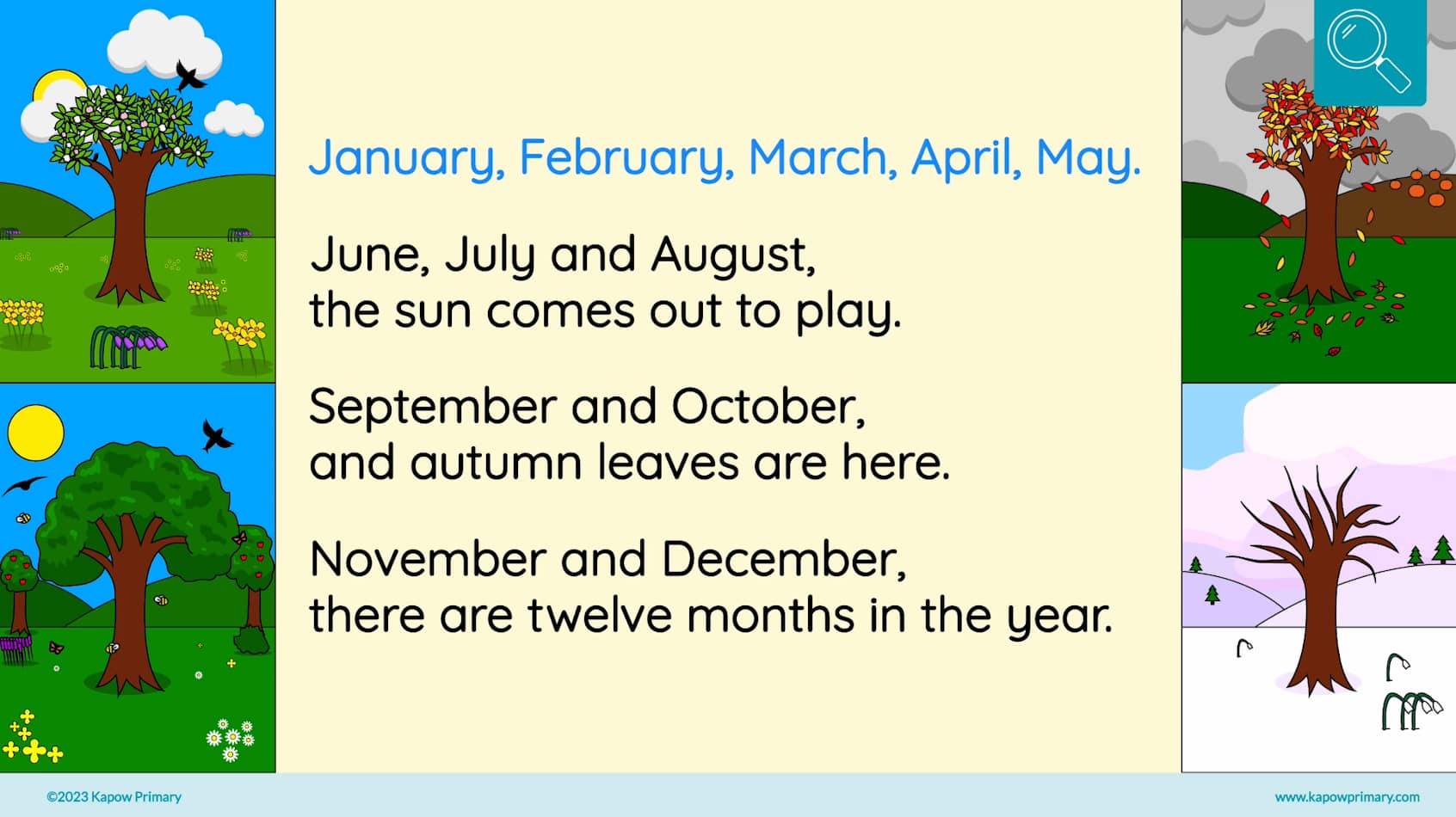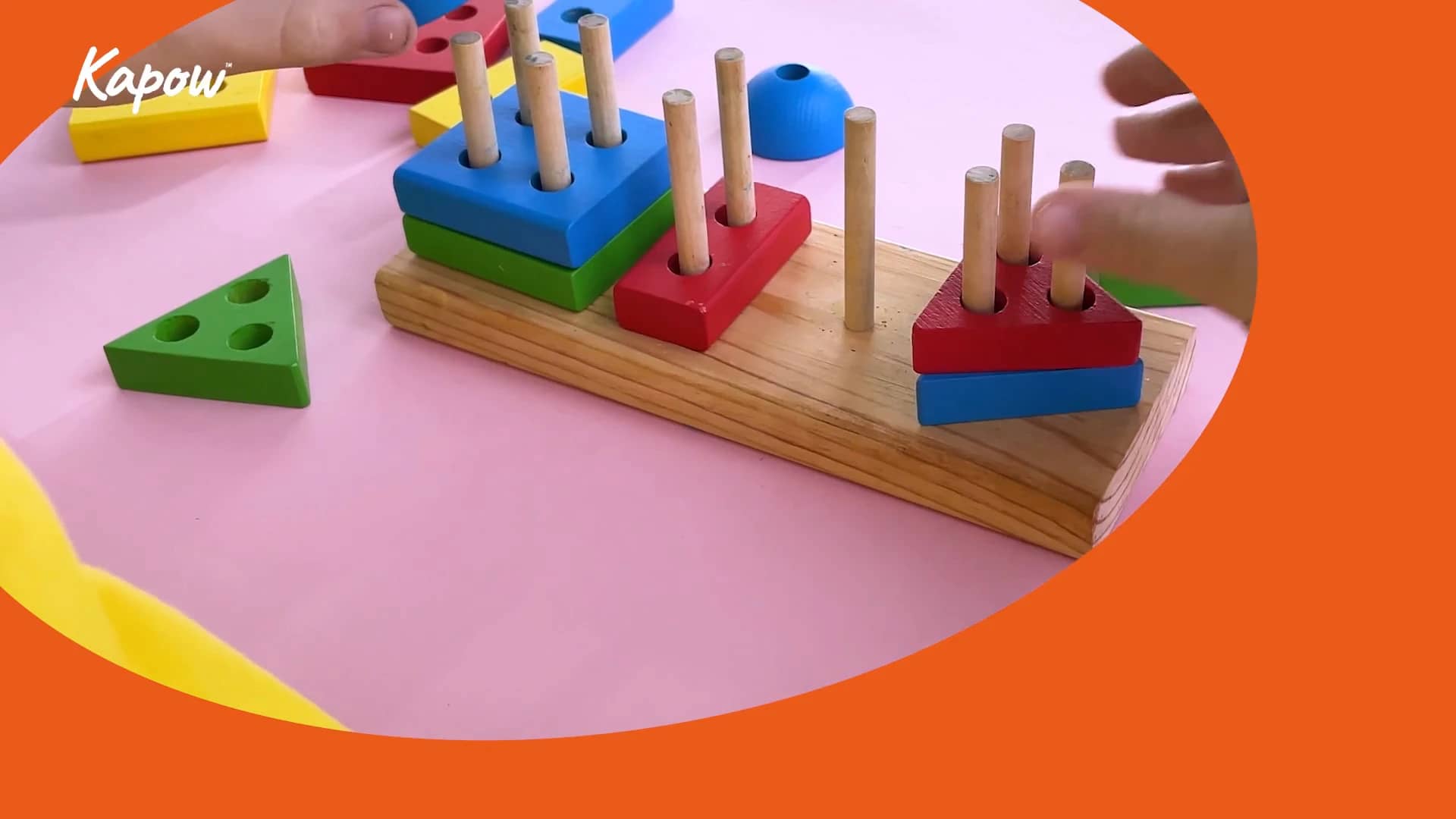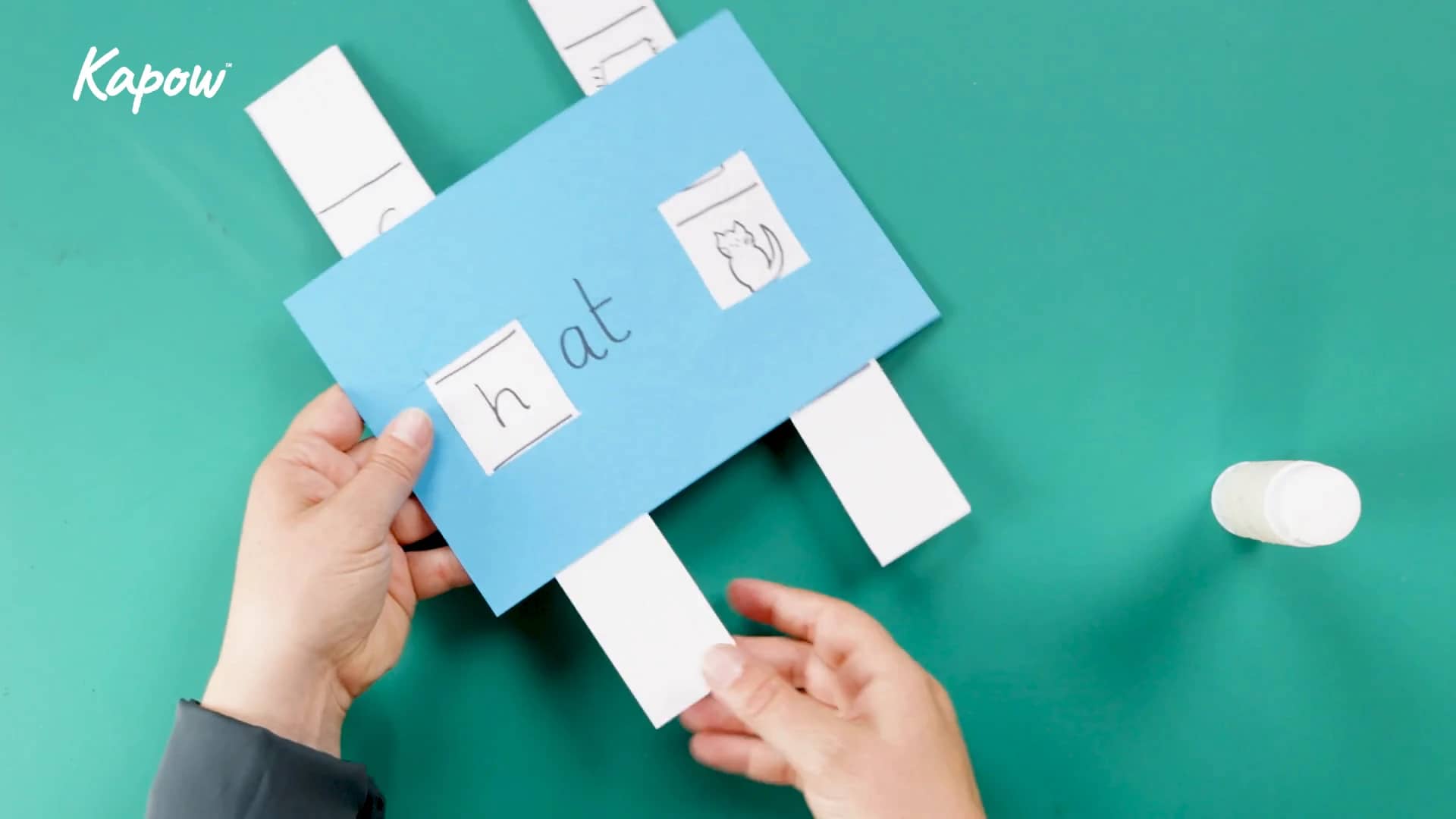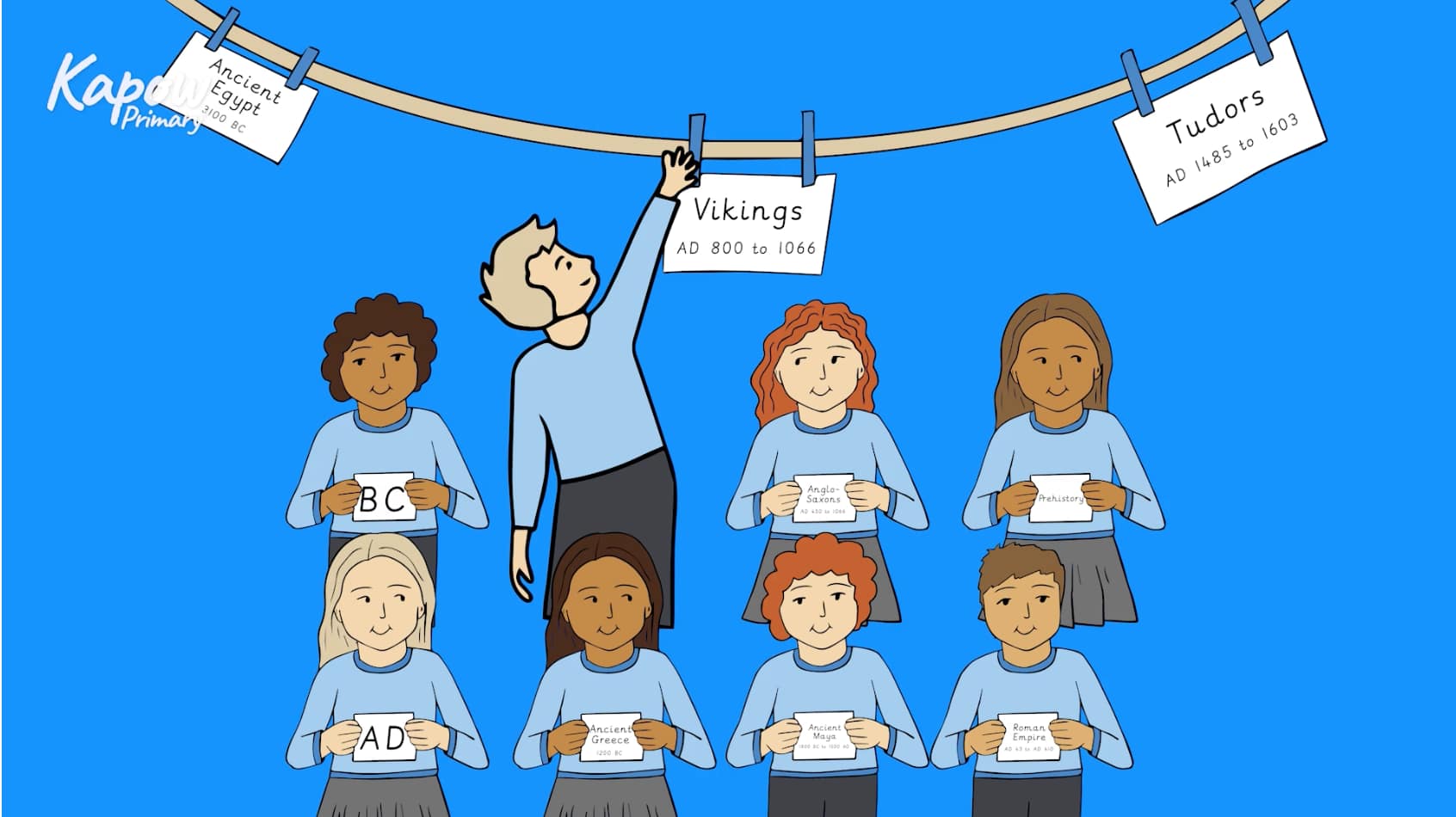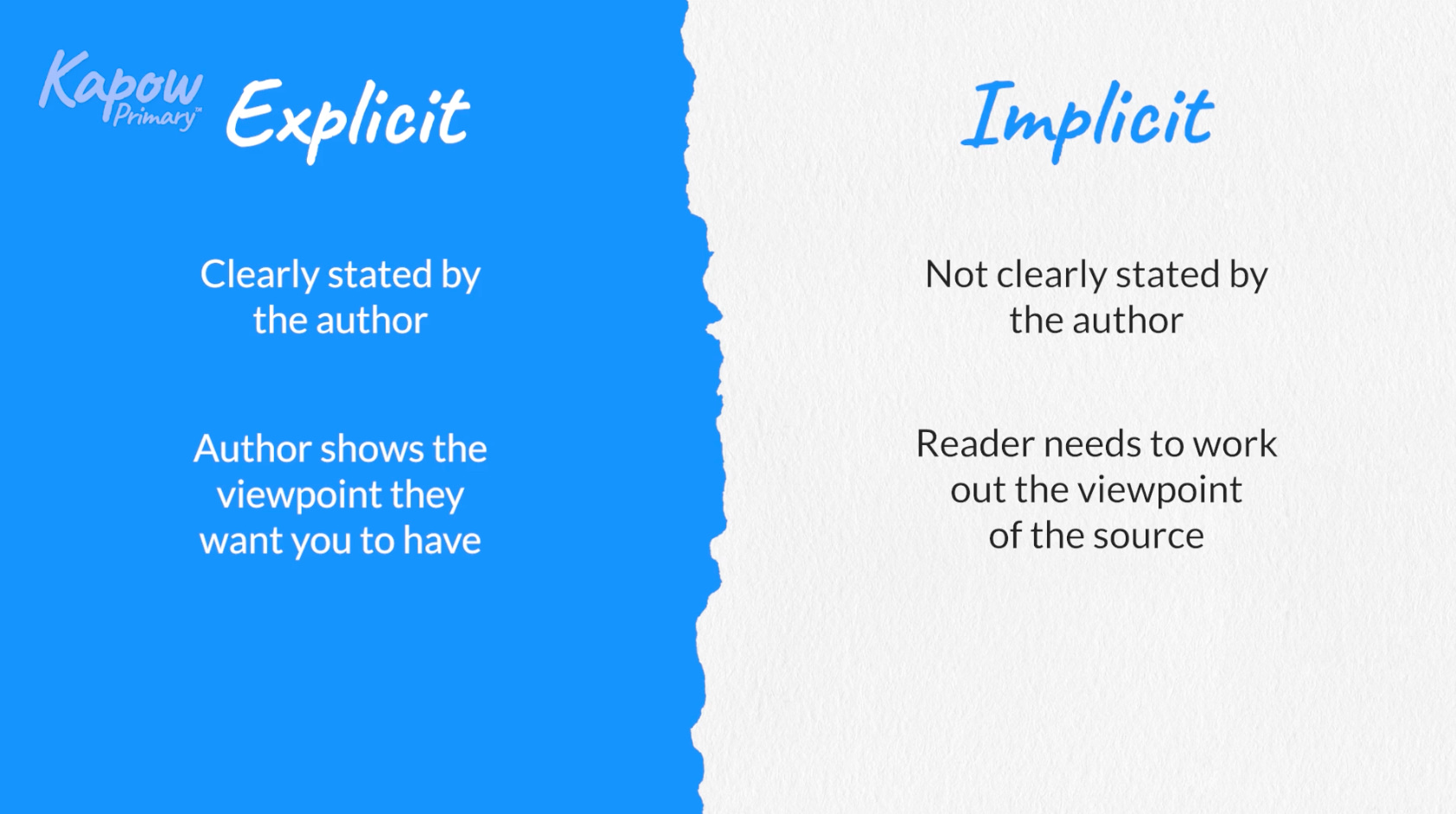This archived Art and design scheme of work video introduces teachers to the skills needed to help Key stage 2 pupils paint the backgrounds of their seaside pictures with accuracy and control.
year: Year 1
Teacher video: Painting over texture
This archived Art and design scheme of work video introduces teachers to the skills needed to help Key stage 2 pupils mix and apply colours to textured collages inspired by Van Gogh.
Pupil video: Months of the year song
This Kapow pupil video is part of the Kapow Science scheme of work. It is designed for pupils and introduces the twelve months of the year through a fun and memorable song.
Pupil video: Learning with sliders
This video shows several different products that children can use to help learn various skills by using sliding mechanisms.
Pupil video: Designers and products
This video explores how designers develop ideas for new products, draw them or make models and then pass them to people to make using technology.
Teacher video: Making a matching slider game
This video shows teachers one method to make a game with card that uses slider mechanisms, enabling them to guide Year 1 pupils to make their own games and help them if they encounter any problems.
Pupil video: What is Design and technology?
This video introduces the importance of design and technology in the real world and helps Year 1 children to understand what D&T means in school and the key areas they will learn about.
Teacher video: Teaching chronology
A History video that helps teachers guide Early Years and Key stage 1 children in understanding chronology, sequencing events, and developing time-related vocabulary and mental timelines.
Teacher video: Interpreting sources
A History video that helps teachers guide Key stage 2 children in interpreting historical sources, recognising perspective, and assessing reliability and bias to form evidence-based conclusions.

